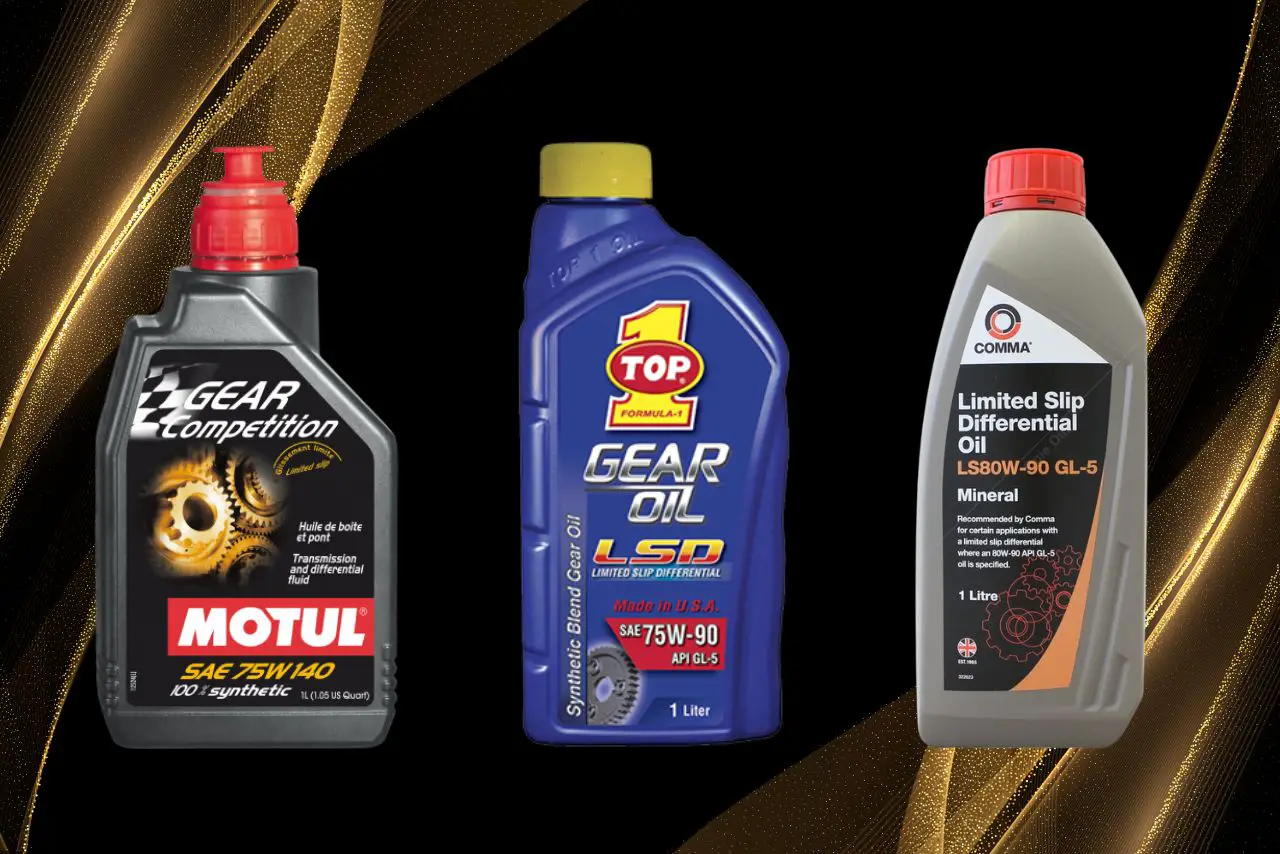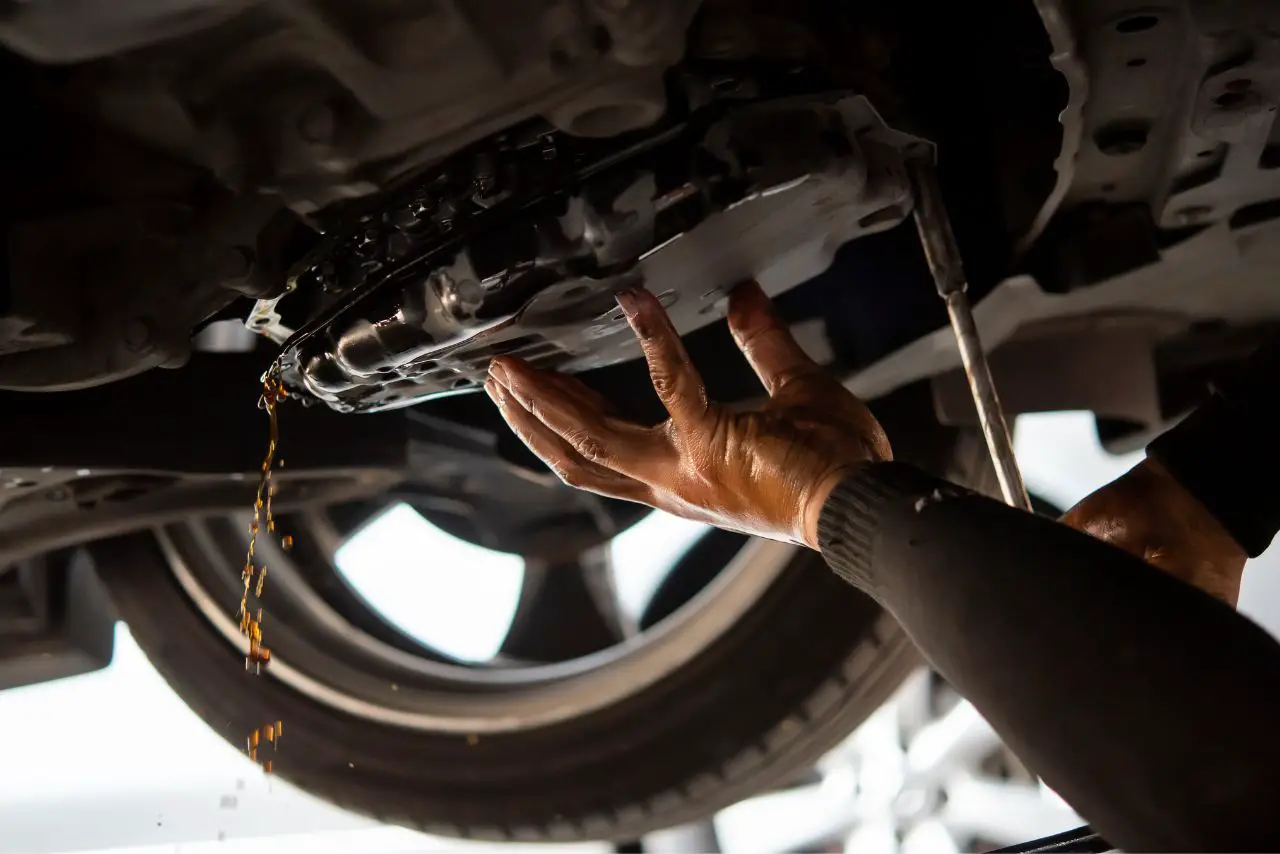Ricing out your car can give it that extra oomph and pizzazz to make it stand out from the crowd. It’s a great way to customize your ride with some flashy modifications and upgrades, whether you want more power under the hood or just an aesthetic makeover.
All of these things come together in what is often referred to as “ricing” – but exactly What Does Riced Mean in Cars? Read on to find out!
Riced, in relation to cars, means that a car has been modified with aftermarket parts such as spoilers, body kits and decals. This can include engine modifications such as turbochargers or nitrous oxide systems that increase power output beyond the original manufacturer specifications. It is estimated that around 13 million automobiles in the United States have been riced at some point in their lifetime.
What Does Rice Burner, Rice Car, Or Ricer Car Mean?
The term “rice burner” or “ricer car” is a slang term that has been used to describe Asian-made cars and motorcycles, generally Japanese, since the 1980s.
This derogatory phrase alludes to the Japanese diet staple of rice and also implies that these vehicles are nothing more than cheap and unreliable imports.
Riced cars typically have modifications done to them in order to make them look faster or cooler – such as adding spoilers, skirts, decals, neon lights, exhaust pipes etc.
This type of customization is often frowned upon by purists in the automotive industry because it doesn’t improve performance but instead gives the illusion of speed or sophistication.
The ricing phenomenon became popular largely because modifications were relatively inexpensive compared with other forms of customization (such as engine tuning).
It should be noted that not all Asian-made cars can be labeled as a ricer; there are plenty of high-performance machines from Japan which feature advanced engines and aerodynamic designs (e.g., Honda NSX).
Therefore this label should only be applied when referring specifically to those vehicles modified solely for aesthetic reasons without any substantial mechanical upgrades.
What does ricer stand for cars?
Ricer cars are vehicles that have been modified with race inspired cosmetic enhancements, or RICE. This type of styling is often referred to as “ricing” and is typically done by modifying the exterior and interior of a vehicle in order to give it an aggressive aesthetic.
Common modifications include oversized spoilers, wide wheels, neon lights, flashy decals, loud exhaust systems and lowered suspension.
It should be noted that these modifications are purely cosmetic; they do not improve a car’s performance or safety features in any way. In fact, many of these modifications can actually make the car less safe on the road due to their lack of practicality for everyday driving conditions.
Furthermore, ricer cars are often criticized for having garish styling that is considered tacky or over-the-top by some automotive enthusiasts.
Despite this criticism, there has always been a strong following among certain groups who appreciate the looks and attitude associated with riced cars.
For them it isn’t about speed or power; rather it’s about expressing themselves through their vehicles in ways that conventional production models simply don’t allow for.
It’s this sense of freedom and individuality that draws people into the world of ricers – regardless of how others may view their rides!
What does ricer mean in JDM?
Ricer is a slang term in the JDM (Japanese Domestic Market) automotive community that stands for Race Inspired Cosmetic Enhancement.
It refers to modifications made solely to make a car look like it has been upgraded with race-inspired performance parts, regardless of any actual gains in horsepower or torque.
The most common examples are visual “upgrades” such as body kits, spoilers and graphics. Many times, they are also accompanied by other modifications such as aftermarket exhausts and adjustable suspension which do not improve overall performance but can give the illusion of increased power.
In some cases, ricers will go so far as to add decals from popular racing teams or brands on their cars in order to appear more authentic. T
his type of customizing is often seen on street racers who want to give their vehicles an aggressive look without actually putting money into engine work or other mechanical upgrades that would require further investment and maintenance costs down the line.
While there is nothing wrong with having fun modifying your vehicle’s aesthetics – whether it’s adding new paint jobs, wheels, vinyl wraps etc.
Taking things too far could get you into trouble if you’re ever pulled over by law enforcement officers who may view these “ricer” mods as unsafe or illegal alterations instead of harmless vanity projects.
Customizing a Car to be Riced:
Customizing a car to be riced is an increasingly popular trend for car enthusiasts. It involves modifying the exterior, interior, and performance of an automobile to give it a more extreme look and feel.
This often includes adding large spoilers and wings, neon lights or under-car glow kits, body kits with larger side skirts and rear bumpers, aftermarket exhaust systems, custom paint jobs and decals, low ground clearance due to oversized wheels or tires (known as being ‘stanced’), louder audio equipment that drowns out the engine noise when driving at high speeds – all meant to make your ride stand out from the rest.
Performance modifications can also be done in order to raise horsepower output while sacrificing fuel efficiency.
Common upgrades include forced induction systems such as turbochargers or superchargers which increase power by forcing more air into the cylinders.
Camshafts which enhance valve timing; cold air intakes which draw cooler air outside of the engine bay instead of heated air inside; upgraded suspension packages resulting in lowered cars capable of cornering better than stock vehicles; wider wheels/tires that allow improved grip on both wet & dry surfaces alike.
The purpose behind these changes vary from person to person but generally speaking they are intended for aesthetics over practicality
Meaning you probably won’t see any major gains in speed or acceleration when compared against stock models because most riced cars are not built for racing use nor have their internals been optimized for competition purposes either.
The emphasis here lies mainly on appearance rather than performance so if you’re looking for something flashy & unique then this could very well be what you need!
Pros and Cons of Ricing Cars:
Ricing cars, also known as “ricing out” or “rice-boy styling,” is a term used to describe the customization of a vehicle with aftermarket parts commonly found on Japanese imports.
This type of modification typically involves adding flashy exterior features such as neon lights, decals and large spoilers that are intended to make the car look faster and more powerful.
While riced cars can certainly be eye-catching works of art, there are some pros and cons associated with this style of customization.
One major pro is the relatively low cost involved in creating a custom riced car.
Aftermarket parts for these types of vehicles tend to be much less expensive than those made for other models, which makes it possible for even novice mechanics to customize their ride without breaking the bank.
Additionally, since most modifications involve simply bolting on new pieces rather than making significant changes under the hood, ricing cars offers an easy way for owners to express themselves without needing extensive mechanical knowledge or experience.
On the downside, many enthusiasts consider riced cars tacky at best and unsightly at worst due to their over-the-top appearance.
What’s more, too many external modifications can actually decrease aerodynamics by raising drag levels – meaning your pimped out ride may not necessarily perform any better than stock versions of similar vehicles.
Finally there is always a risk when installing aftermarket components that they may not fit properly or work as advertised.
Something which could potentially leave you with an incomplete project or worse yet compromising vehicle safety if improperly installed (or illegal) upgrades have been employed like turbochargers meant only for closed track use etc.
While there can be merits behind modifying one’s car by way of “ricing”, it should never be done lightly nor solely just because others do it – decide carefully what you want from your own unique build and ensure each part has been chosen wisely so as not to compromise performance reliability & safety!
Reasons Why People Rice Their Cars:
Ricing a car is the process of modifying it in order to increase its performance or aesthetics. It typically involves adding aftermarket parts like spoilers, exhaust systems, custom rims and other accessories. People choose to rice their cars for many reasons.
For some people, ricing a car can become an obsession that consumes much of their free time and money – and often yields impressive results.
The thrill of seeing how different parts work together and how they affect the car’s overall look is what drives this passion for modification among enthusiasts.
Others may modify their vehicles with more practical goals in mind, such as improved engine efficiency or increased power output from added components like turbochargers or nitrous oxide injection systems – all aimed at making the vehicle faster than before without sacrificing reliability or safety features.
Lastly, some people simply enjoy having a car that stands out from others on the road – whether through flashy bodywork modifications such as vinyl wraps or decals; upgraded interior amenities like heated seats or racing-style bucket seats; exterior lighting enhancements; customized audio system upgrades; or any number of aesthetic touches designed to make the car truly one-of-a-kind.
Why are Hondas called ricers?
The term “ricer” is commonly used to refer to certain Japanese vehicles, usually Honda cars. The origin of the term dates back to the 1980s when Japanese motorcycle owners would customize their rides in an attempt to achieve a higher level of performance and style.
With modifications such as altered intake systems, high-performance exhausts, suspension setup and engine tuning, these riders were able to get more power out of their bikes than was originally offered from the factory.
As time went on, people began associating this type of performance modification with Hondas and other Japanese cars that had been similarly modified for speed or styling purposes.
Today, ricers are often associated with Honda Civics and Accords that have been heavily modified for looks rather than real performance gains.
Such modifications may include body kits featuring large wings or spoilers; aftermarket wheels; neon lights; air intakes; exhaust systems etc., all designed not just to make a vehicle look mean but also give it an aggressive appearance without necessarily increasing its actual performance potential.
This has led some people within the car enthusiast community to describe those who modify their vehicles in this way as “riceboys” or “ricers” – hence why Hondas are often referred to as ricers today.
What is a “ricer” and why is it so frowned upon?
“Ricing,” or “riceing,” is an automotive slang term used to describe a car that has been modified with parts that are designed only for aesthetics, and not performance. It’s often seen as the opposite of hot-rodding, where vehicle modifications are made for speed, power and handling.
While there is no single definition of a ricer – it can be any type of car that has had non-performance visual modifications – common traits include body kits, hood scoops, brush guards and spoiler wings.
The origin of the term “ricer” comes from Japanese cars being referred to as rice burners because they were perceived as low on power and high on style modifications.
Riced cars have become somewhat controversial in some circles due to their focus on looks over actual performance gains and potential dangers if poor quality aftermarket parts are used.
Not only do these vehicles lack performance upgrades but they may also detract from other important aspects such as safety features or emissions control systems when installed incorrectly or not at all.
In general many car enthusiasts frown upon riced vehicles because they prioritize appearances over function while potentially compromising safety standards in the process.
They might also point out that much of the money spent making a vehicle look good could have gone towards improving its overall performance instead.
Why do people call cars rice burners?
Riced cars, otherwise known as “rice burners,” are vehicles that have been poorly modified to look faster. This typically involves the installation of aftermarket parts such as body kits, spoilers, and neon lighting, which detract from the car’s performance.
The term is often used derogatorily for cars whose owners don’t know how to properly modify their vehicle for performance purposes.
The term originated in the 1990s when Japanese imports began dominating the modification scene. These cars were seen as an inexpensive way to make a statement with modifications, resulting in some poor quality workmanship that lacked actual performance enhancements.
As a result, they earned themselves a bad reputation and became synonymous with rice burners or ricers.
Today, anyone who modifies their car without considering its purpose—whether it be racing capabilities or simply aesthetics—can end up being called out by other enthusiasts as having a riced-out vehicle.
Ultimately though, you can do whatever you want with your own car; just remember that what looks good may not always translate into higher performance on the road!






Leave a Reply